The future of transportation is about to experience one of its most groundbreaking revolutions. Flying cars, once a distant dream seen only in science fiction films, are now becoming a tangible reality. As we approach flying cars in 2025, the advancements in technology, infrastructure, and regulations are aligning to pave the way for this exciting shift in mobility. In this article, we’ll explore what flying cars in 2025 will look like, how they will change our world, and why they are so important for the future of transportation.
Table of Contents
What Are Flying Cars?
Flying cars are vehicles designed to travel both on the ground and through the air. These vehicles use a combination of aerodynamic principles and cutting-edge propulsion systems to take off vertically and navigate the skies. Unlike traditional aircraft, flying cars are built for urban environments, allowing for seamless travel between locations by air and on roads.
In 2025, flying cars are expected to become more efficient, safe, and accessible, thanks to advancements in autonomous technology, battery power, and electric propulsion. These vehicles are not just a futuristic fantasy anymore; they’re on the brink of becoming part of everyday life.
The Technology Behind Flying Cars in 2025
To understand the full potential of flying cars in 2025, it’s essential to look at the technological innovations driving this revolution. The most significant technological leap is the development of electric vertical take-off and landing (eVTOL) aircraft. These aircraft can take off and land like a helicopter, making them suitable for urban environments where space is limited.
With advancements in battery technology, flying cars in 2025 will rely on more efficient power sources, allowing for longer flight times and reduced costs. These cars will also use advanced AI systems for navigation, ensuring they can autonomously avoid obstacles and follow flight paths with precision.
How Will Flying Cars Change Transportation in 2025?
As we look toward flying cars in 2025, it’s clear that these vehicles will have a profound impact on how we travel. Here are some of the key changes expected:
- Reduced Traffic Congestion: One of the primary benefits of flying cars will be the alleviation of traffic congestion. With the ability to take off and land vertically, flying cars will bypass crowded roads, drastically reducing travel times and eliminating the stress of sitting in traffic.
- New Infrastructure: While flying cars in 2025 will change the way we move, they will also require new infrastructure to support them. This includes skyports (airports for flying cars), specialized landing pads, and air traffic management systems. These changes will create new opportunities for businesses and governments alike.
- Increased Mobility and Accessibility: In rural or hard-to-reach areas, flying cars in 2025 can become a vital mode of transportation, connecting communities that were previously isolated. This will enhance mobility and open up new possibilities for remote areas.
- Environmental Benefits: Many flying car models are expected to be fully electric, which means they will be much more environmentally friendly than traditional combustion engine vehicles. In flying cars in 2025, we may see a significant reduction in emissions and noise pollution, especially in urban centers.
- Cost Efficiency: While flying cars might seem expensive now, flying cars in 2025 will likely be more affordable due to the mass production of electric propulsion systems and more widespread adoption of autonomous flying technologies. As these costs come down, flying cars will become accessible to a broader audience.

Who Is Behind the Development of Flying Cars?
Several companies around the world are working tirelessly to make flying cars in 2025 a reality. Pioneers like Terrafugia, PAL-V, and Vertical Aerospace are making great strides in creating flying car prototypes. Tech giants like Uber and Google’s parent company, Alphabet, are also investing heavily in flying car technology, with some aiming to integrate these vehicles into their services.
The aviation industry, once focused solely on airplanes and helicopters, is now embracing the idea of urban air mobility. This means that flying cars in 2025 will likely be seen as an extension of the aerospace industry, with manufacturers merging the best of both worlds—air and land transport.
Safety and Regulations: The Key to Success
One of the major hurdles for flying cars in 2025 is ensuring their safety. While the technology is progressing rapidly, flying cars must meet strict safety standards before they can be fully integrated into everyday life. Regulations will need to be established to govern the airspace, protect citizens from accidents, and ensure that flying cars are maintained to the highest standards.
In addition to air traffic management systems, flying cars in 2025 will rely heavily on sensors, machine learning, and autonomous flight systems to avoid collisions. Manufacturers are working closely with regulatory bodies, such as the FAA (Federal Aviation Administration), to ensure these vehicles are safe for public use.
How Will the Public React to Flying Cars?
The idea of flying cars in 2025 will likely evoke mixed reactions from the public. Some people will embrace the technology, excited about the possibility of skipping traffic and reducing their commute times. However, others may have concerns about safety, privacy, and the environmental impact of new technologies.
To address these concerns, companies developing flying cars will need to educate the public and build trust in the technology. As the technology improves and proves itself, more people will likely begin to see flying cars as a viable and even preferable mode of transportation.
The Future of Flying Cars in 2025 and Beyond
As we approach flying cars in 2025, we are entering a new era of transportation. The next few years will be crucial in defining how these vehicles are integrated into our lives. The success of flying cars will depend on overcoming technological, regulatory, and public perception challenges.
Once these obstacles are overcome, flying cars in 2025 will transform urban life, bringing more freedom, efficiency, and sustainability to the way we move. They will be the cornerstone of a new era in transportation that will last for decades to come.
When Can You Buy a Flying Car?
Expected Price Range for 2025 Models
| Model | Price Estimate |
|---|---|
| AeroMobil 5.0 | $1.5 Million |
| PAL-V Liberty | $600,000 |
| Jetson ONE | $98,000 |
| Klein Vision AirCar | $300,000 |
As the technology matures, prices will decrease, making flying cars more accessible in the next decade.
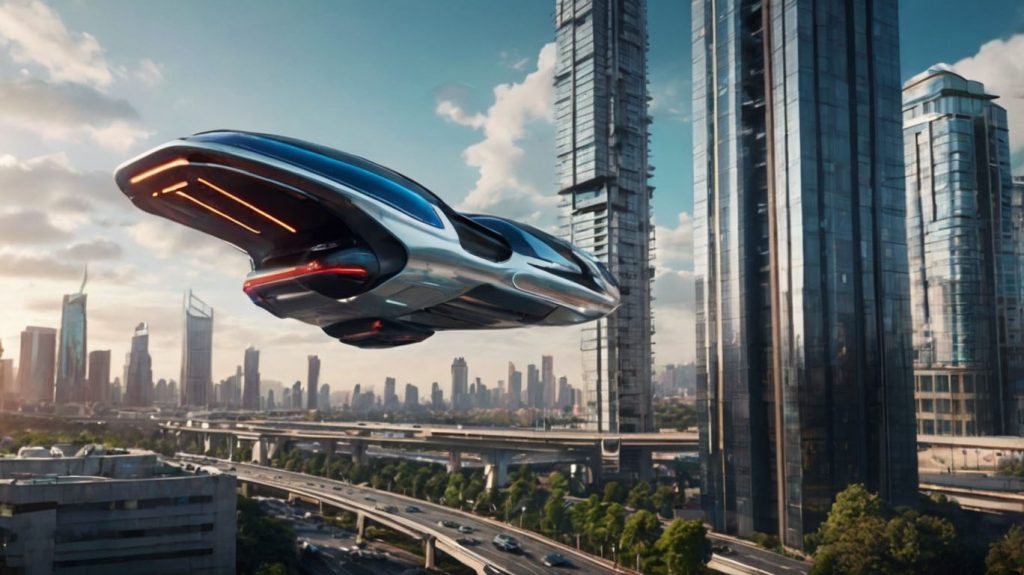
Conclusion: The Promise of Flying Cars in 2025
The rise of flying cars in 2025 represents one of the most exciting advancements in modern transportation. With innovative technology, new infrastructure, and global collaboration, flying cars are set to become an integral part of our lives. While challenges remain, the future of transportation looks brighter than ever, and flying cars in 2025 will be a key part of that transformation.

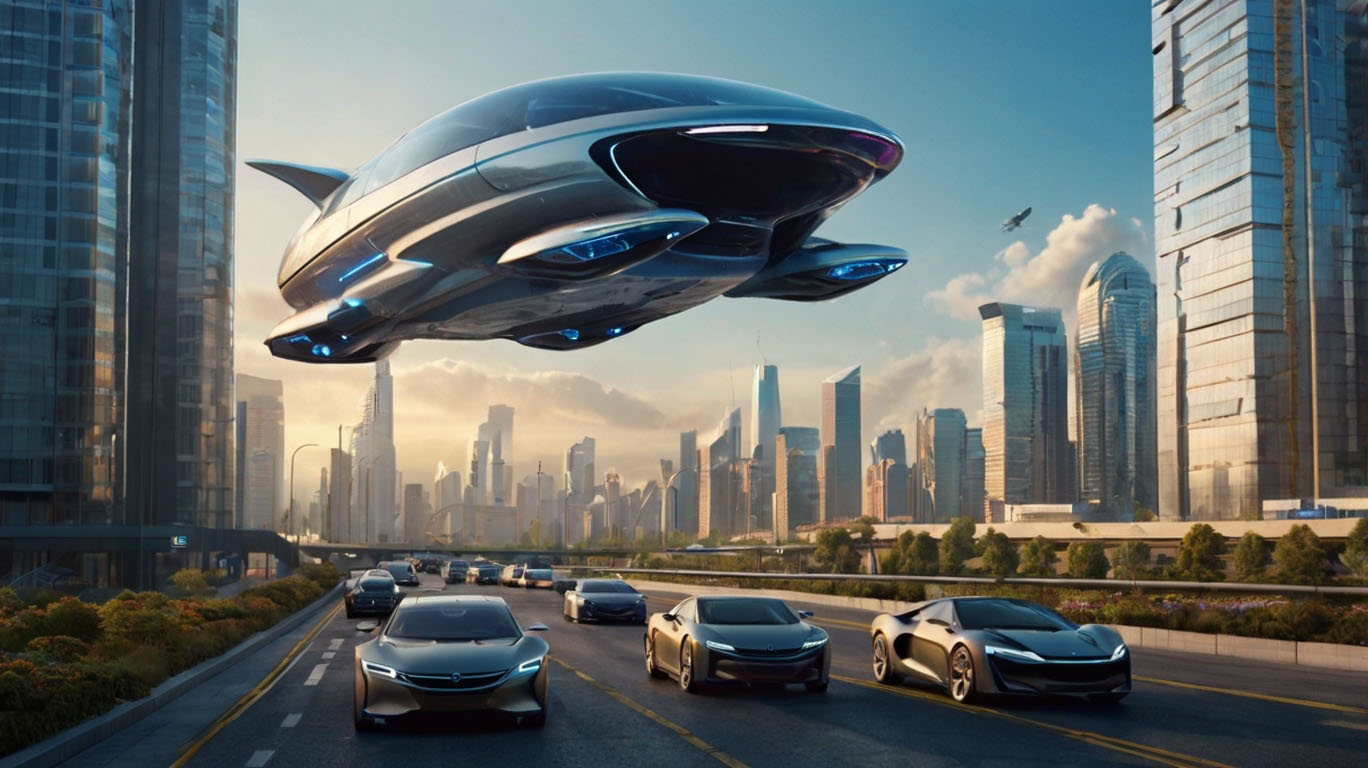








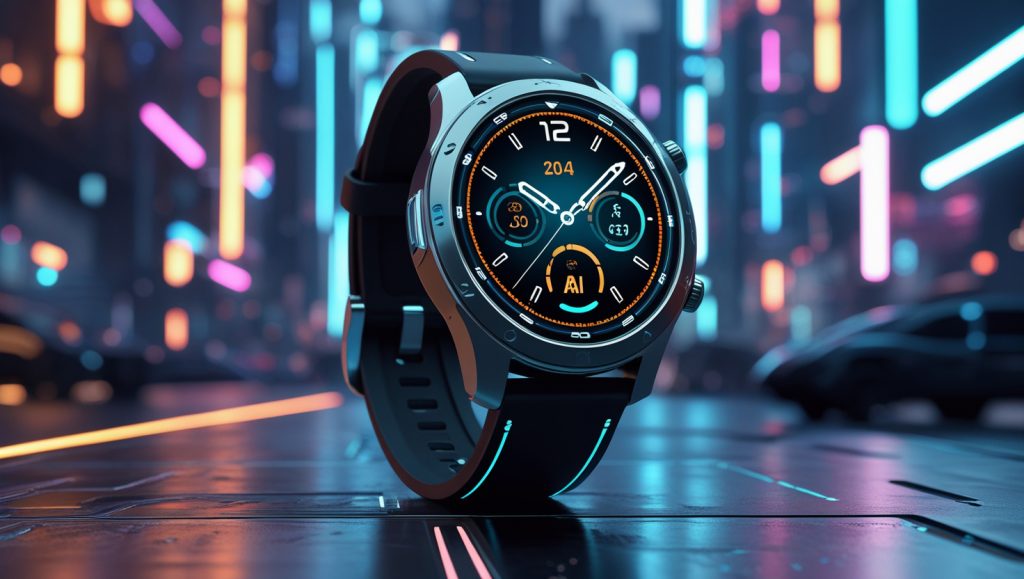
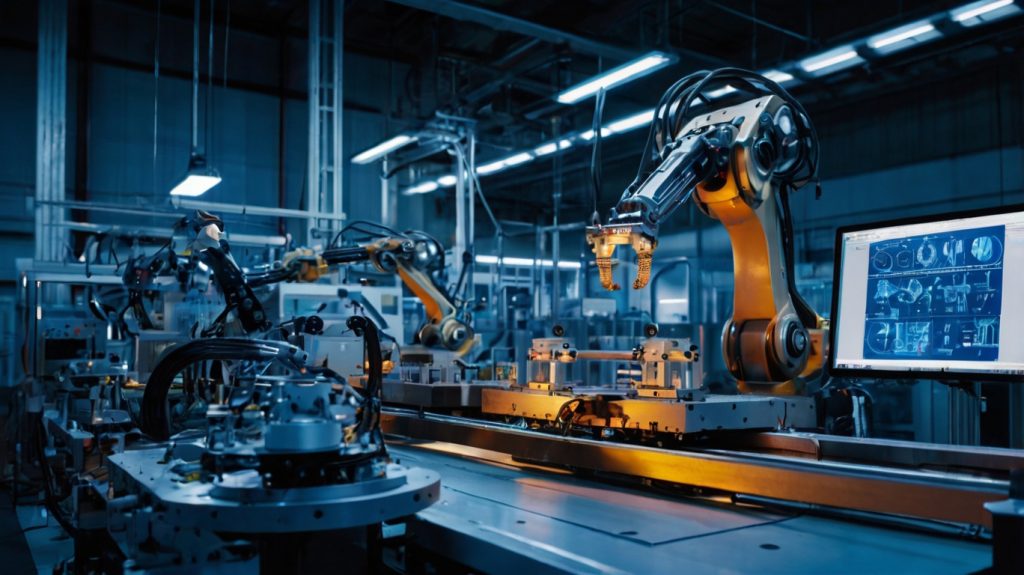

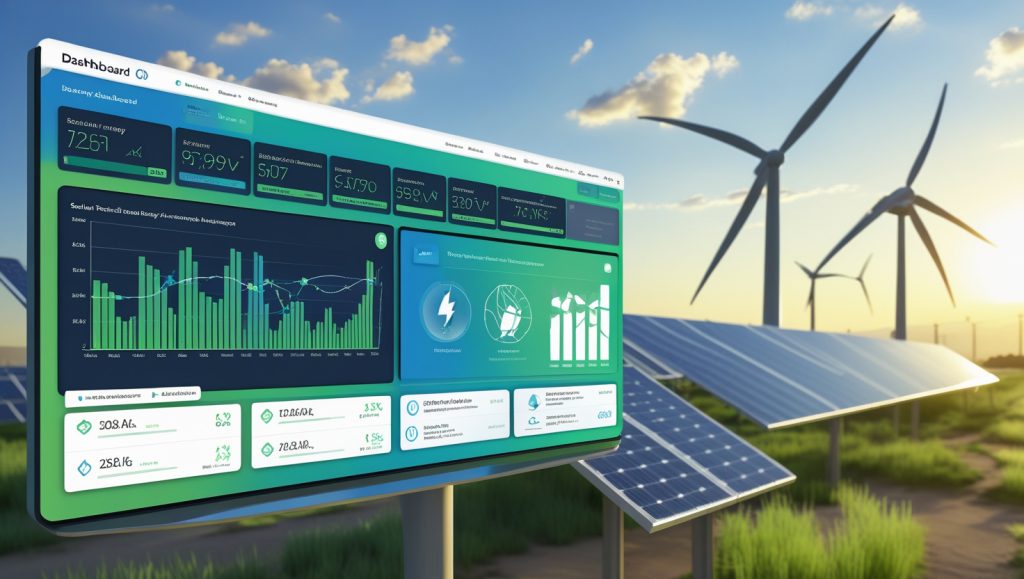

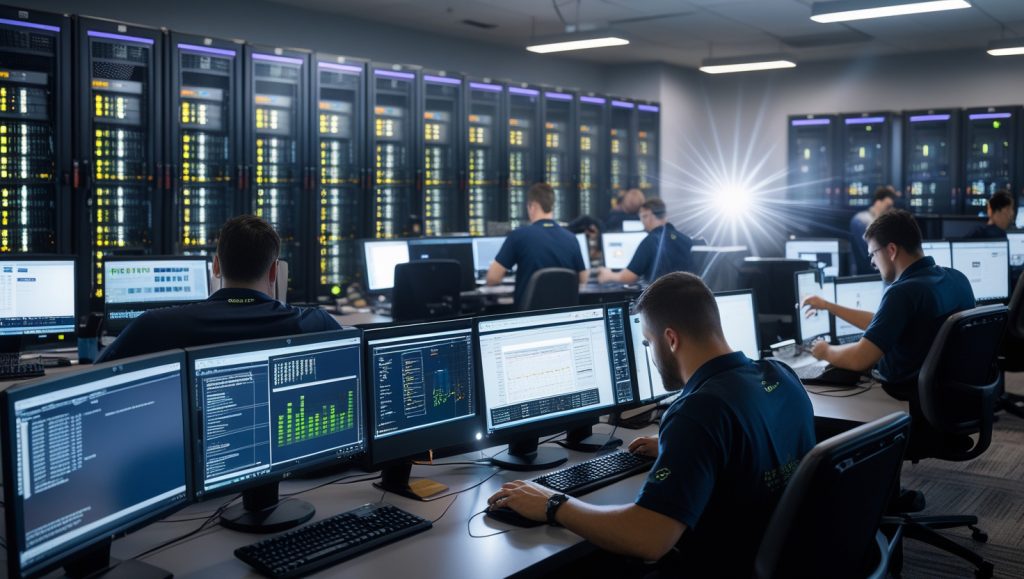

One Response
remedio levitra serve levitra efectos colaterales levitra utilizzo